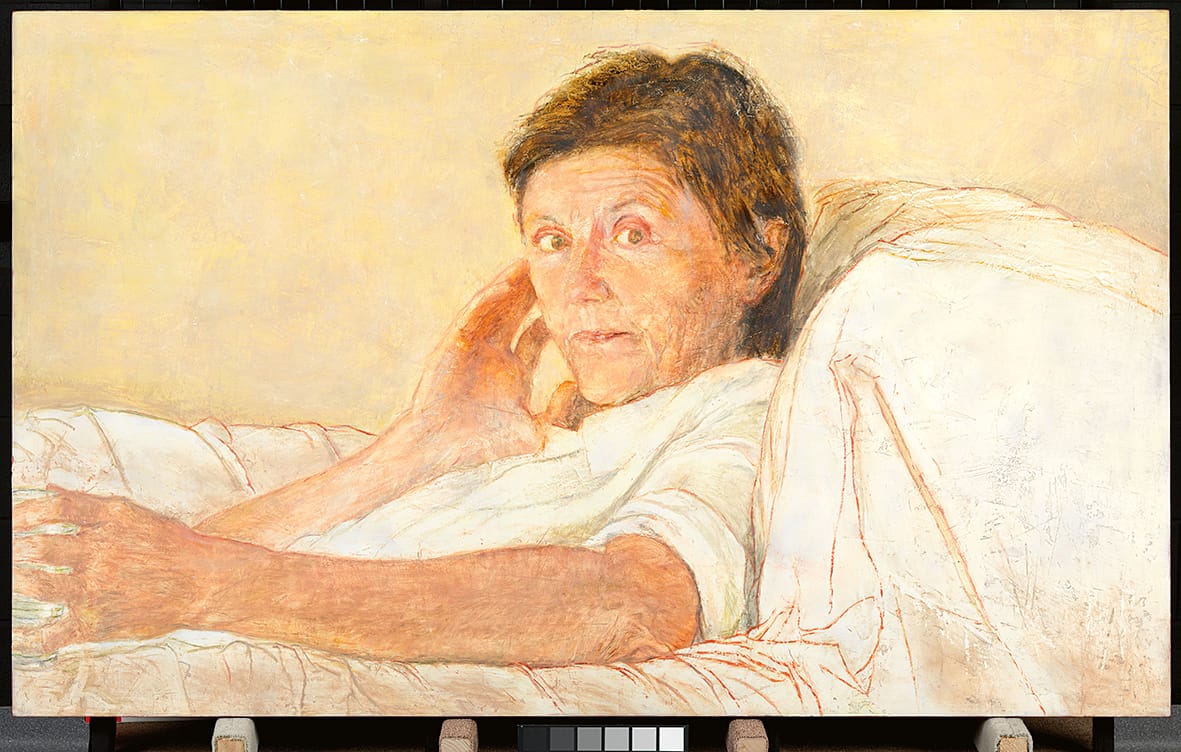
Across generations, Sarah Gilbert applauds the fearless fictions of Helen Garner.
“WE think back through our mothers if we are women,” wrote Virginia Woolf in A Room of One’s Own, her indispensable essay on women and writing.
I’ve reflected on this wisdom while embarking on a very belated reading of Helen Garner’s novels. I’ve long avoided Garner, ever since she really gave me the shits back in the 1990s with The First Stone. But with the recent publication of her diaries, new editions of her novels and fresh international acclaim, it seemed high time to revisit her work.
If it’s true that we think back through our mothers, Garner has been a difficult one for me (and for quite a few other Gen X women of my acquaintance). The First Stone (1995), a work of non-fiction, seemed to wag the finger at my cohort of undergraduates, as though we were a disappointment to the feminists of the 1970s and ’80s.
Garner followed up with some works of short non-fiction, and later with Joe Cinque’s Consolation (2004), another account of real events overburdened, to my taste, by Garner’s point of view. I ended up chucking it against a wall around the midway point.